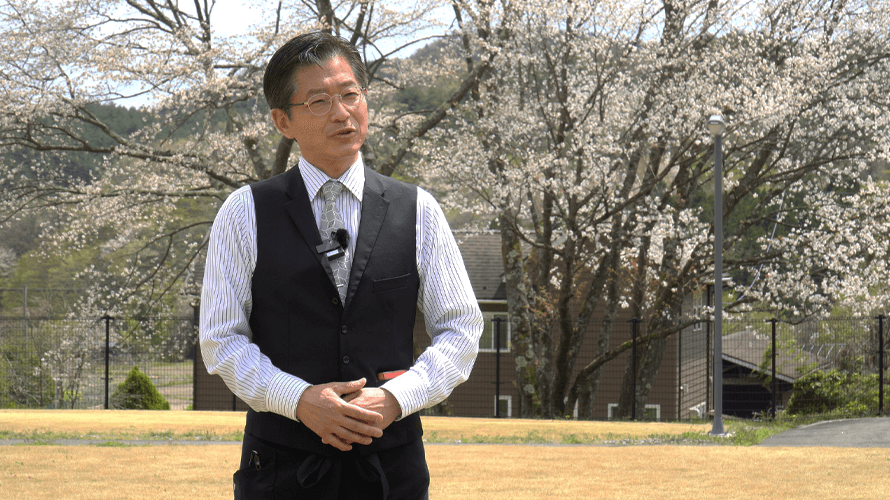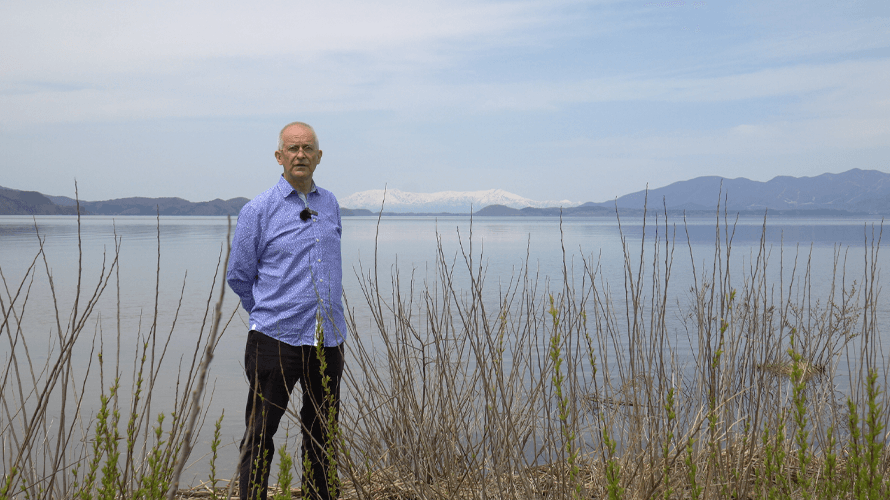CATCH JAPAN
Series Information
Explore a colorful variety of modern Japan’s most popular topics, including food, technology, ecology and regional promotions, with a focus on the innovative ideas and passionate effort from the people behind it all.
J-CULTURE
Japanese tea is currently garnering unprecedented attention around the world. With the increasing popularity of Japanese cuisine and interest in the health benefits of Japanese tea, there has been a dramatic rise in its export volume in recent years. A lesser known fact, however, is that Kyoto is where Japanese tea was first made about 800 years ago-- And that its taste and quality are greatly affected not only by where and how it’s produced, but also by the efforts and commitment of its producers. This segment focuses on Japanese tea and the secrets behind its taste.
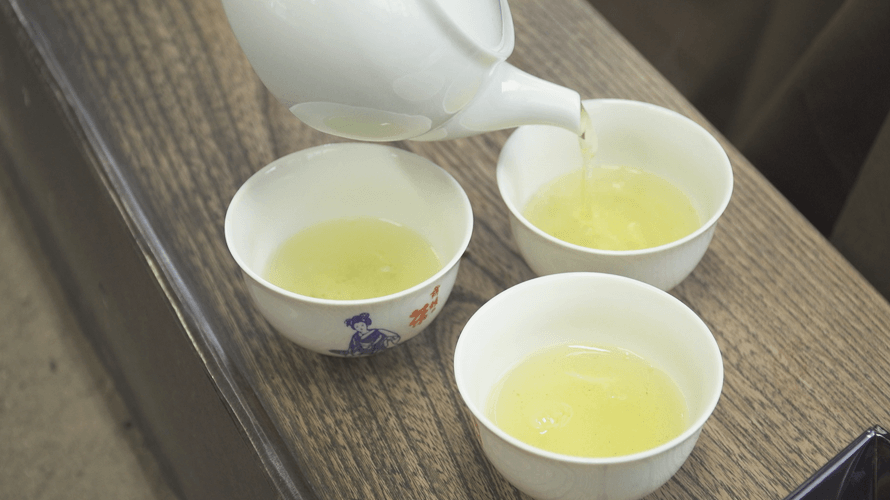
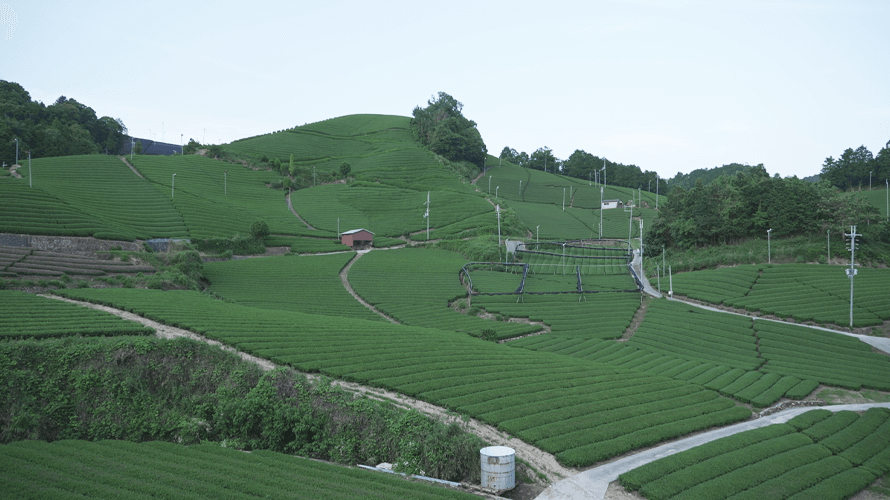
J-AGRICULTURE
Beer yeast from the process of brewing beer is being used as an ingredient for intestinal medicine and food seasoning. This segment focuses on an innovative use for beer yeast in the development of an agricultural bio stimulant. Beer yeast components are similar to plant pathogens, which cause a plant to increase its immunity in order to protect itself. When the plant next tries to reproduce, it results in a higher harvest volume. This bio stimulant is also reportedly contributing to reducing crop damage caused by the channeled apple snail.
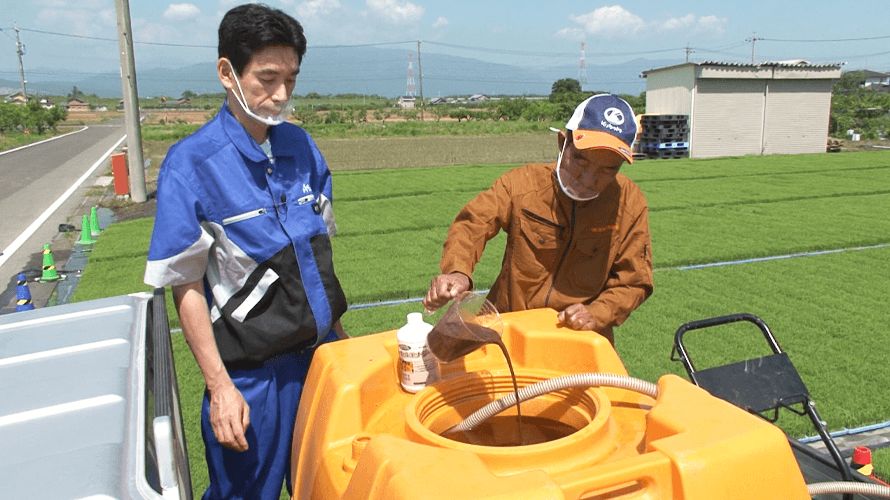
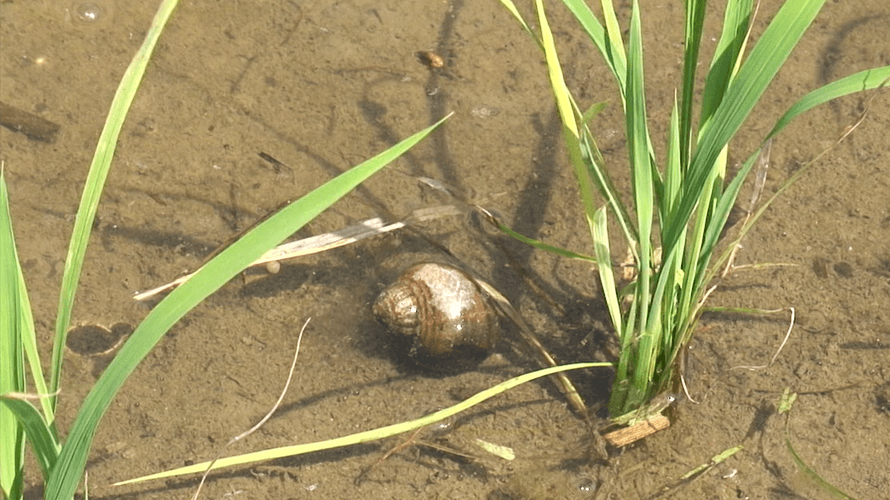
J-FOOD
Rice confectionery has a deep-rooted popularity in Japan. Headquartered in Niigata, eastern Japan, Kameda Seika has been manufacturing rice confectionery for 70 years. It’s conducted research on their taste, features, and production methods since the 1950’s, attracting attention from companies overseas. This segment documents the company’s passionate work on rice processing.
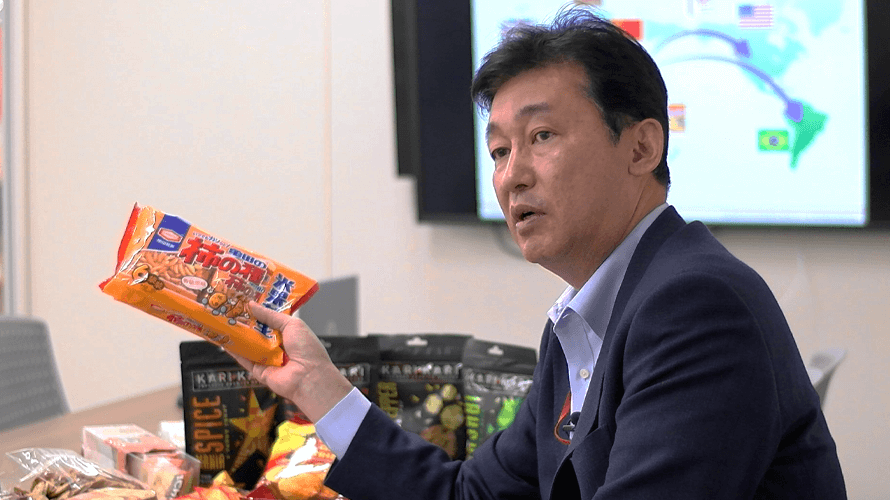
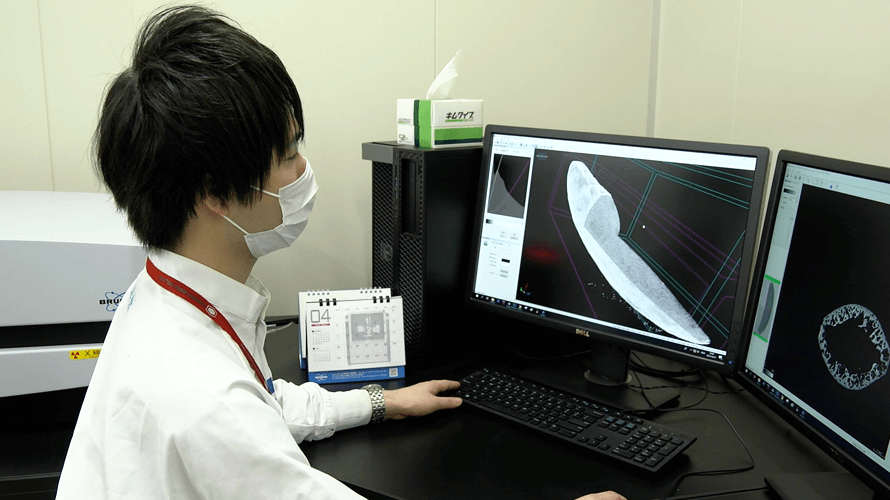
J-TOWN
Osemachi, a picturesque rural community in northeast Japan, is home to many people who work in agriculture. From out-of-work samurai in the 19th century to those wishing to distance themselves from city life, this town has a tradition of welcoming outsiders. In conversations with local people, Adam Fulford finds out how that tradition lives on in the present day.
